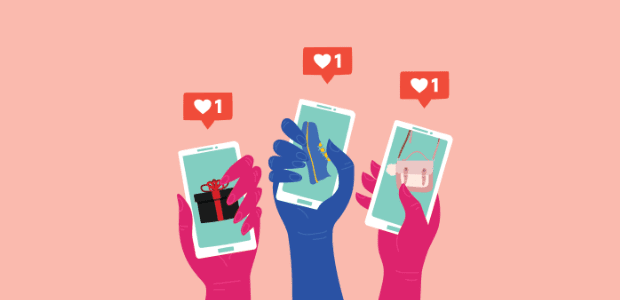A business may take on digital transformation for several reasons. But by far, the most likely reason is that they have to: It’s a survival issue. In the wake of the pandemic, an organization’s ability to adapt quickly to supply chain disruptions, time to market pressures, and rapidly changing customer expectations has become critical.
At an MIT Sloan CIO Symposium series event, IT leaders agreed that consumer behavior has quickly shifted in many ways since the start of the pandemic. Sandy Pentland, a professor at the MIT Media Lab, described how optimized automated systems in areas like supply chain management broke down when faced with rapid shifts in both demand and supply — a reality that just about everyone has faced on a personal level during the pandemic.
It’s early to guess which long-term consumer behavior changes will stick. However, Rodney Zemmel, global leader, McKinsey Digital of McKinsey & Company, says that on the consumer side “digital has been accelerating in just about all categories.” An important factor to watch will be the degree to which forced change — three out of four Americans tried a new shopping behavior, for example — will revert when possible, post today’s emphasis on stay-in-place.
McKinsey data shows that the accelerated shift towards streaming and online fitness is likely to stay permanently, Zemmel says. But the biggest shifts were around food. Both home cooking and online grocery shopping — a category that has been generally resistant to getting moved online — will probably stay more popular with consumers than in the past. Cashless transactions are also gaining steam. On the B2B side, McKinsey data shows remote selling is working.
For CIOs, this means rapid experimentation is no longer optional.
Mark Anderson, senior director of solution architecture, Equinix, described year one of the pandemic as “a forced test of many things we had thought about but not tried.” For example, he observed, “Many supply chains are not well understood and underpinned with paper. We’ve started looking at technologies like blockchain and IoT.”
|#enterprisersproject















